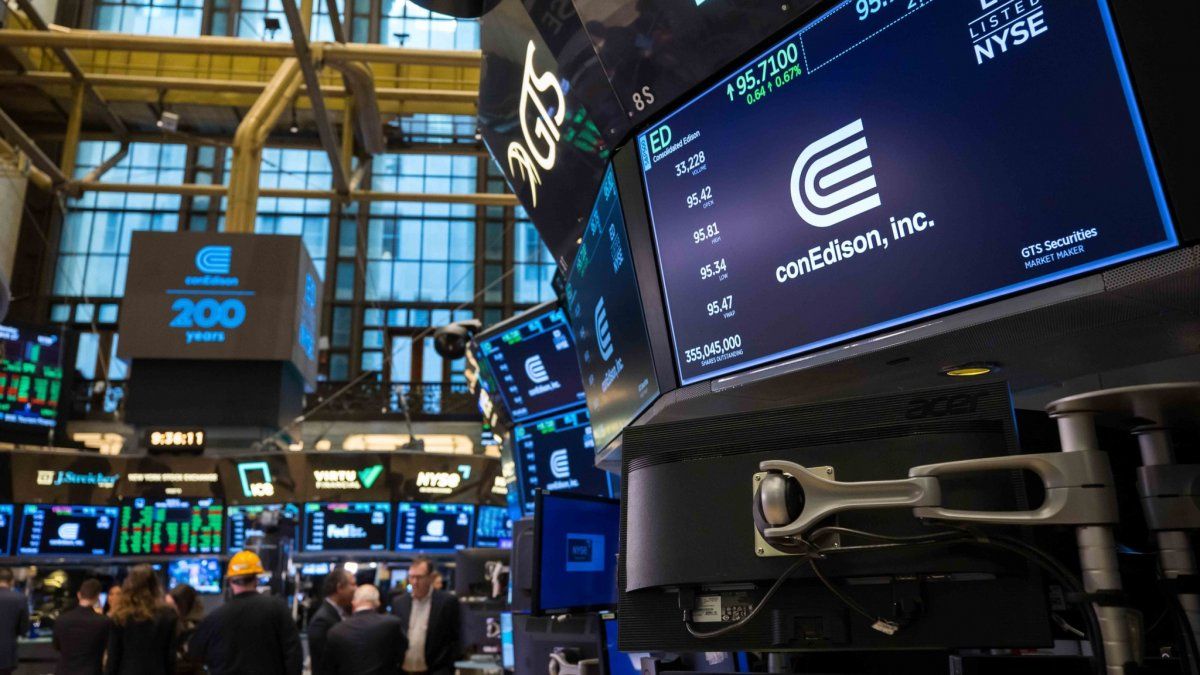Wall Street sails adrift this Monday, while the prices of the Petroleum They continue to rise and increase pressure on inflation. He S&P 500 fell 0.1%, after its second consecutive week of losses. He Dow Jones Industrial Average rises 0.6%and the compound Nasdaq down 0.1%.
Stocks have been swinging since early August for uncertainty on whether the Federal Reserve has finally ended its drastic interest rate hikes. Rising rates have helped cool inflation from its peak last summer, but it has also hurt stock prices and other investmentswhile it has slowed down the economy.
Almost all operators expect that Federal Reserve holds interest rates at meeting this week, which ends on Wednesday. The focus will be on the forecasts that Federal Reserve officials will publish about the evolution of interest rates, the economy and the labor market in the coming years.
Attention will also focus on what Fed officials say about next year, when investors expect the Fed to start cutting interest rates. Investors crave these cuts, that tend to relax financial conditions and boost financial markets. The big question is how much the Federal Reserve could cut.
Wall Street: market projections
Goldman Sachs economists expect Fed officials indicate a full percentage point of cuts next yearafter raising rates once again this year to a range of 5.50% to 5.75%.
There are fears that rates will have to continue rising for longer for inflation to fully reach the 2% target set by the Federal Reserve. Although underlying inflation trends continue to mostly improve, a recent rally in oil prices has complicated matters.
However, concerns about a possible recession also remain present, although it has decreased with successive reports which show that the economy and the labor market continue to function.
One worrying factor is the state of bond yields, as two-year and other shorter maturities remain being higher than longer-term returns. This is an unusual phenomenon that has often preceded recessions in the past.
Another alarm signal comes from the index of leading economic indicators, which analyzes new orders from manufacturersconsumer expectations about business conditions and other factors that could show where the economy is headed.
When its semiannual annualized rate of change contracts by 3% or more, it has always been associated with a recession, according to Doug Ramseychief investment officer of The Leuthold Group.
It has been 15 months since the last such recession warning, triggered in June 2022. In the past, the longest period between such a warning and a recession was 16 months before the Great Recession. If this coincides with that, it could mean a recession starting in October, says Ramsey.
Source: Ambito
I am a 24-year-old writer and journalist who has been working in the news industry for the past two years. I write primarily about market news, so if you’re looking for insights into what’s going on in the stock market or economic indicators, you’ve come to the right place. I also dabble in writing articles on lifestyle trends and pop culture news.




